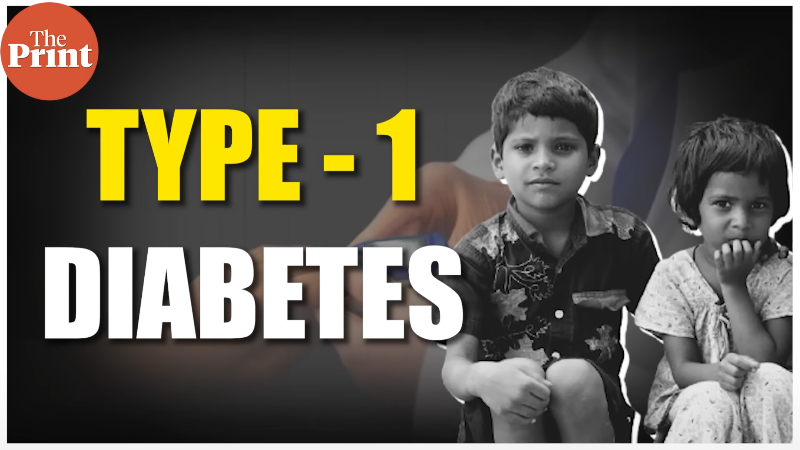by University of Sheffield
Human heart. Credit: copyright American Heart Association
Research led by the University of Sheffield found that dental patients at high risk of infective endocarditis, a life-threatening infection, should be given antibiotics before undergoing invasive dental treatment.
The National Institute for Health and Care Excellence (NICE) is being urged to review dental antibiotic prophylaxis guidelines to protect those at high risk of developing a serious heart infection.
Research led by the University of Sheffield found that dental patients at high risk of infective endocarditis, a life-threatening infection of the heart valves that causes heart failure and strokes, should be given antibiotics before undergoing invasive treatment such as extractions or oral surgery. This latest study provides further evidence that current U.K. guidelines could be putting high-risk patients at unnecessary extra risk when undergoing invasive dental procedures.
Infective endocarditis (IE) is a serious heart infection that can be fatal—30% of people will die within one year of diagnosis. In about 30%–40% of cases it is caused by bacteria that come from the mouth either from poor oral hygiene or during invasive dental procedures.
To prevent this, patients at increased risk of IE—those who have undergone cardiac interventions such as prosthetic heart valves, valve repairs and congenital heart disease repairs—were recommended to have antibiotic prophylaxis (AP) cover before undergoing invasive dental treatment.
However, in 2008 NICE recommended against the use of antibiotic prophylaxis (AP) because of a lack of evidence for efficacy and concerns about the possibility of adverse reactions to the antibiotics used.
Although guideline committees around the world had similar concerns, they continued to recommend AP for those patients at highest risk of developing IE because they felt the risks of developing IE far outweighed any risks of giving AP to this group of patients.
Despite considerable new evidence that AP is safe, effective and would result in significant cost savings and health benefits, NICE has not reviewed their recommendation against the use of AP since 2015.
A new study led by the University of Sheffield's School of Clinical Dentistry in collaboration with Professor Bernard Prendergast—Consultant Cardiologist at St Thomas' Hospital and Cleveland Clinic London U.K.; Professor Mark Dayer—Consultant Cardiologist, Cardiovascular Research Institute, Dublin, Ireland; Ash Frisby—Endocarditis patient advocate, and Professor Larry Baddour—Professor of Medicine (Infectious Diseases), Mayo Clinic College of Medicine, Rochester, MN, U.S., was published in The Lancet Regional Health - Europe
The study found:
The risk of IE in high-risk patients following invasive dental procedures as a whole is 1 in 1,000—this falls to 1 in 3,333 if AP is given before the procedure.
The risk of IE in high-risk patients following extractions is 1 in 100—this falls to 1 in 1,000 if AP is used.
The risk of IE following oral surgery is 1 in 40—this falls to 1 in 500 if AP is used.
In contrast, the risk of a significant adverse drug reaction following amoxicillin AP is only 1 in 250,000 prescriptions, and none of these would be fatal, while 3 in 10 people with IE would die within one year.
Professor Martin Thornhill, from the University of Sheffield's School of Clinical Dentistry and lead author of the study, said, "Infective endocarditis is a rare but devastating heart infection in which around 30% of people die within the first year of developing it.
"All major guidelines committees around the world, such as The American Heart Association and the European Society for Cardiology, recommend that those at high risk of infective endocarditis should receive antibiotic prophylaxis before undergoing invasive dental procedures. We are urging NICE to review its guidance so that high-risk patients in the U.K. receive the same protection against IE that is afforded to patients in the rest of the world.
"There are currently 400,000 people at high risk of developing IE in the U.K. and this number is increasing each year due to the growing number of patients having cardiac interventions.
"Our previous study showed that prescribing antibiotic prophylaxis would be cost-effective if it prevented just 1.4 high-risk patients per year from developing infective endocarditis. So, by preventing between 40 and 260 cases per year antibiotic prophylaxis would be highly cost-effective and would likely save the NHS in excess of £5.5 million annually as well as generating substantial health gains for those at risk of endocarditis."
Professor Thornhill and the international team of researchers and cardiologists have conducted a number of studies over the past 10 years, the first of which identified a significant rise in the number of people diagnosed with the serious heart infection alongside a large fall in the prescribing of antibiotic prophylaxis to dental patients.
More information: Martin Thornhill et al, Endocarditis prevention: time for a review of NICE guidance, The Lancet Regional Health - Europe (2024). DOI: 10.1016/j.lanepe.2024.100876
Provided by University of Sheffield







Post comments